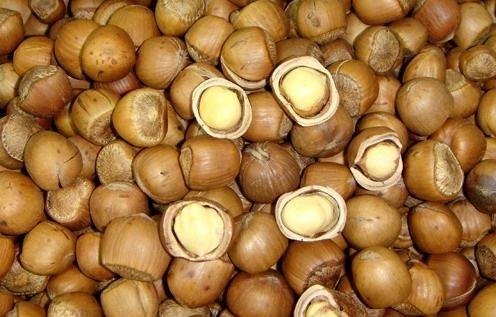
Hazelnut, also known as Castanea mollissima, Castanea acuminata or chuizi, is a deciduous shrub or small tree of Corylus in Betulaceae, with a height of about 1-7 m. It is one of the four major dried fruits (walnut, almond, hazelnut and cashew nut) in the world, and has the reputation of "king of nuts". Hazelnut is cold resistant and can survive the severe winter of - 30 ℃; It likes humid climate and is suitable for planting in areas with annual precipitation of 700-1200 mm; It likes light, and sufficient sunlight is beneficial to the growth, development and Fruiting of hazelnut; It can grow on loam, sandy soil, clay and slightly saline alkali soil; However, if the altitude is lower, it is more conducive to the growth of hazelnut. In the north of China, the gentle slope, terrace and flat land below 750 m above sea level are more suitable for the growth of hazelnut, and the steep slope is not conducive to the management of hazelnut garden.
Hazelnut has good taste and rich nutrition. Its kernel contains 47-68% oil, 23% protein, 56-65% fat and 6.6% starch. It also contains vitamin A, B, e, iron, calcium and other mineral elements. The nutritional composition of hazelnut is 2 times of that of bread and 1.5 times of that of pork. Hazelnut can be used in confectionery, medicine and spice manufacturing industry. It is an excellent edible oil and industrial oil. Oil meal can be used as feed and fertilizer.
Hazelnut oil production process: hazelnut - shelling - oil extraction - refining - refined oil - filling and packaging



